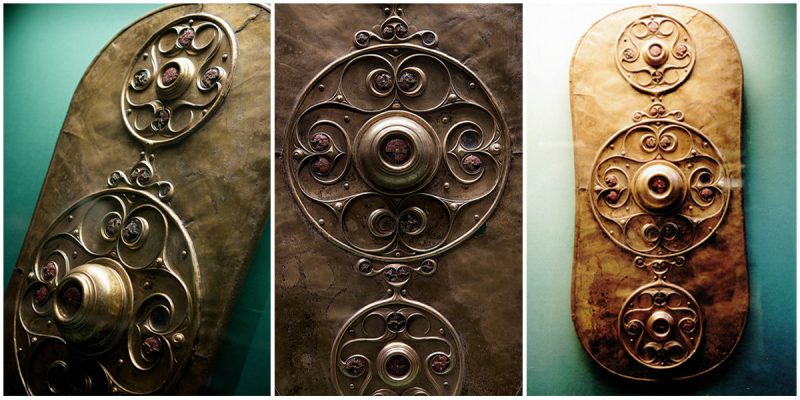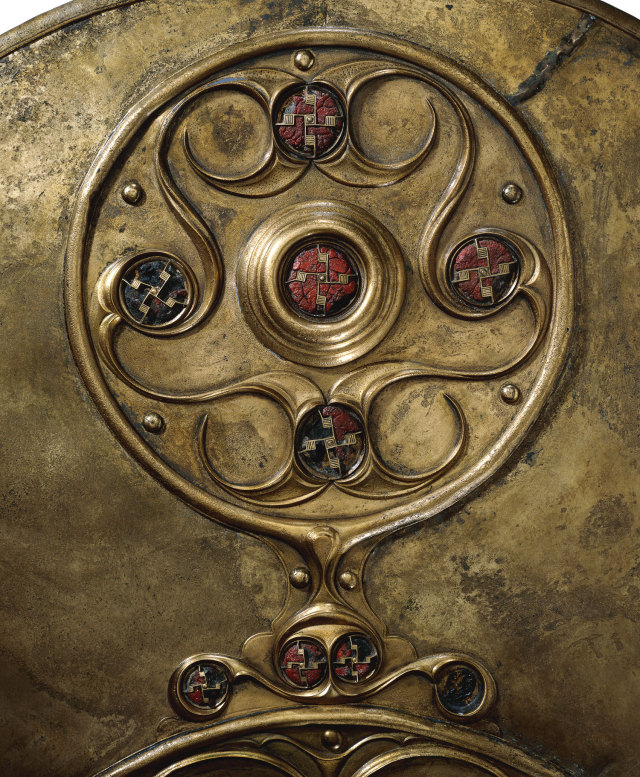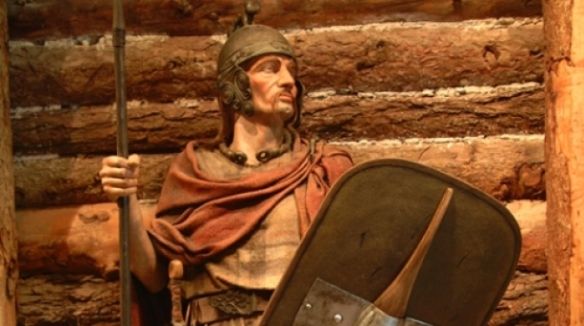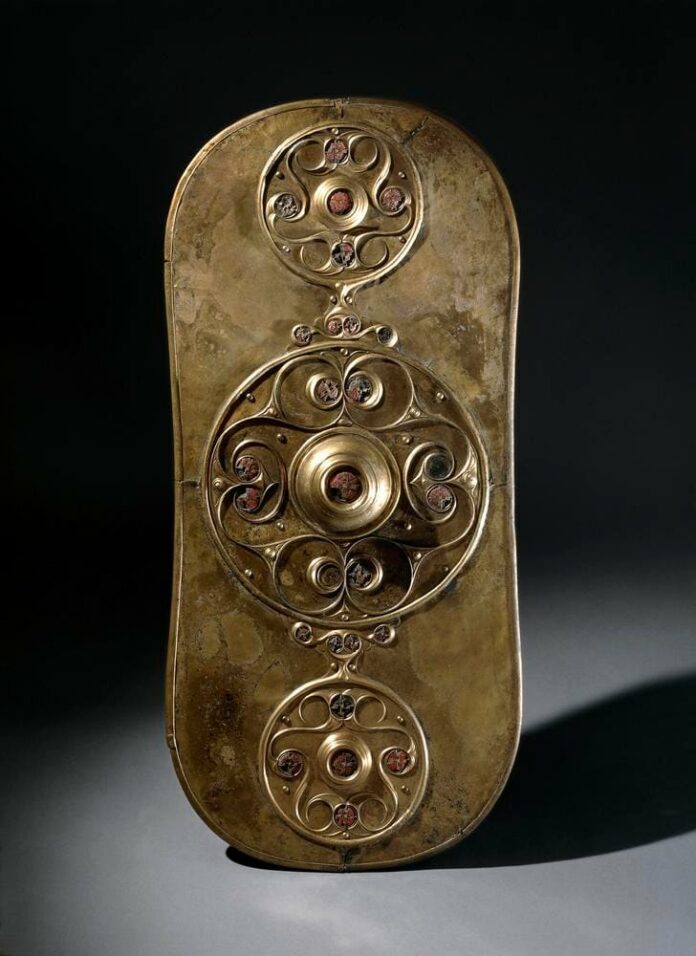The Battersea Shield is a remarkable piece of ancient Celtic art that has captivated historians and archaeologists for decades. Discovered in the Thames River in Britain, this magnificent Iron Age shield is widely regarded as the most famous Celtic artifact ever found in the country. Its intricate design and exceptional craftsmanship make it a true testament to the artistic prowess of the Celtic people.
The Discovery of the Battersea Shield

The Battersea Shield was dredged up from the Thames River shortly before 1857, during excavations for the predecessor of Chelsea Bridge. The discovery of this artifact, along with large quantities of Roman and Celtic weapons and human skulls in the same area, has provided valuable insights into the cultural and military history of ancient Britain.
The Craftsmanship and Design of the Battersea Shield

The Battersea Shield is a sheet of bronze covering a wooden shield, which has long since vanished. The shield is made up of several pieces, held together with bronze rivets and enclosed in a binding strip. The decoration on the shield is in the typically Celtic La Tène style, consisting of circles and spirals, created using the repoussé technique and further emphasized with engraving and stippling.
One of the most striking features of the Battersea Shield is the twenty-seven red glass “enamel” framed studs that adorn the surface, with the largest set located at the center of the boss. Even the handle of the shield was beautifully ornamented, showcasing the attention to detail and the exceptional craftsmanship of the Celtic artisans.
The Significance of the Battersea Shield

The Battersea Shield is one of the most significant pieces of ancient Celtic military equipment found in Britain. It provides a glimpse into the artistic and technological sophistication of the Celtic people, who were renowned for their metalworking skills and intricate designs.
However, the thin and fragile nature of the bronze sheet, as well as its short length, which would not have provided much protection in battle, have led archaeologists to suggest that the Battersea Shield was not actually used in combat. Instead, it is believed to have been an offering, as the Celtic people sometimes threw objects such as shields and swords into rivers as a form of religious or spiritual practice.
Conclusion
The Battersea Shield stands as a testament to the artistic and cultural achievements of the ancient Celts. Its discovery has not only captivated historians and archaeologists but also serves as a valuable link to the rich and vibrant past of Britain. The shield’s exquisite design and craftsmanship continue to fascinate and inspire people around the world, making it a true masterpiece of Celtic art.
